Contents
Pagebreaks of the print version
100 Years of General Relativity Vol. 2
CHERNSIMONS
(SUPER)GRAVITY
100 Years of General Relativity
ISSN: 2424-8223
Series Editor: Abhay Ashtekar (Pennsylvania State University, USA)
This series is to publish about two dozen excellent monographs written by top-notch authors from the international gravitational community covering various aspects of the field, ranging from mathematical general relativity through observational ramifications in cosmology, relativistic astrophysics and gravitational waves, to quantum aspects.
Published
| Vol. 1 | Numerical Relativity
by Masaru Shibata (Kyoto University, Japan) |
| Vol. 2 | ChernSimons (Super)Gravity
by Mokhtar Hassaine (Universidad de Talca, Chile) & Jorge Zanelli (Centro de Estudios Cientficos, Chile) |
100 Years of General Relativity Vol. 2
CHERNSIMONS (SUPER)GRAVITY
Mokhtar Hassaine
Universidad de Talca, Chile
Jorge Zanelli
Centro de Estudios Cientficos, Chile

Published by
World Scientific Publishing Co. Pte. Ltd.
5 Toh Tuck Link, Singapore 596224
USA office: 27 Warren Street, Suite 401-402, Hackensack, NJ 07601
UK office: 57 Shelton Street, Covent Garden, London WC2H 9HE
British Library Cataloguing-in-Publication Data
A catalogue record for this book is available from the British Library.
100 Years of General Relativity Vol. 2
CHERNSIMONS (SUPER)GRAVITY
Copyright 2016 by World Scientific Publishing Co. Pte. Ltd.
All rights reserved. This book, or parts thereof, may not be reproduced in any form or by any means, electronic or mechanical, including photocopying, recording or any information storage and retrieval system now known or to be invented, without written permission from the publisher.
For photocopying of material in this volume, please pay a copying fee through the Copyright Clearance Center, Inc., 222 Rosewood Drive, Danvers, MA 01923, USA. In this case permission to photocopy is not required from the publisher.
ISBN 978-981-4730-93-8
In-house Editor: Song Yu
Typeset by Stallion Press
Email:
Printed in Singapore
Preface
This book grew out of a set of lecture notes on gravitational Chern-Simons (CS) theories, developed over the past decade for several schools and different audiences of graduate students and researchers. Those notes were circulated on the High Energy arXiv [].
Our interest in CS theories originated in the possibility of constructing gauge-invariant theories that could include gravity consistently. CS gravities are only defined in odd dimension and are a very special class of theories in the Lovelock family].
From a theoretical point of view, CS forms correspond to a generalized gauge-invariant coupling between connections like the Maxwell and Yang-Mills fields and charged sources: point-like (particles) or extended (membranes). The simplest example of such interactions is the familiar minimal coupling between the electromagnetic potential (abelian U(1) connection) and a point charge (0-brane). More generally, a (2n + 1)-CS form provides a natural gauge-invariant coupling between a charged 2n-brane and a nonabelian connection one-form. This is true for any gauge connection and in particular for a connection of the relevant algebras in gravity and supergravity.
Most CS theories are useful classical or semiclassical systems and although many aspects of quantum CS systems have been elucidated, the full quantization of CS field theories in dimensions greater than three is still poorly understood. There is no gauge-invariant perturbative scheme and no natural notion of energy so the usual assumptions of quantum field theory, like the existence of a stable vacuum, are not guaranteed. Nevertheless, apart from the arguments of mathematical elegance and beauty, the gravitational CS actions are exceptionally endowed with physical attributes that suggest the viability of a quantum interpretation. CS theories are gauge-invariant, scale-invariant and background independent; they have no dimensionful coupling constants, all constants in the Lagrangian are fixed rational coefficients that cannot be adjusted without destroying gauge invariance. This exceptional status of CS systems makes them classically interesting to study, and quantum mechanically intriguing yet promising.
Acknowledgment It is a pleasure for us to acknowledge a long list of collaborators, colleagues and students who have taught us a lot and helped us in understanding many subtleties about geometry, Chern-Simons theories, super-symmetry and supergravity in all these years. We have benefited from many enlightening discussions with all of them and some have worked through the manuscript and corrected many misprints and suggested changes to improve the notes. Our thanks go to P. D. Alvarez, L. Alvarez-Gaum, A. Anabaln, R. Aros, A. Ashtekar, R. Baeza, M. Baados, G. Barnich, M. Bravo-Gaete, C. Bunster, F. Canfora, L. Castellani, O. Chanda, J. A. de Azcrraga, N. Deruelle, S. Deser, J. Edelstein, E. Frodden, A. Garbarz, G. Giribet, A. Gomberoff, J. Gomis, M. Henneaux, L. Huerta, R. Jackiw, J. M. F. Labastida, J. Maldacena, C. Martnez, O. M skovic, P. Mora, S. Mukhi, C. Nez, R. Olea, P. Pais, S. Paycha, V. Rivelles, E. Rodrguez, P. Salgado-Arias, P. Salgado-Rebolledo, A. Sen, G. Silva, S. Theisen, F. Toppan, P. Townsend, R. Troncoso, M. Valenzuela and B. Zwiebach.
skovic, P. Mora, S. Mukhi, C. Nez, R. Olea, P. Pais, S. Paycha, V. Rivelles, E. Rodrguez, P. Salgado-Arias, P. Salgado-Rebolledo, A. Sen, G. Silva, S. Theisen, F. Toppan, P. Townsend, R. Troncoso, M. Valenzuela and B. Zwiebach.
This work would not exist without the understanding and patient support of our families and friends. Our warm thanks for the continued support and collaboration go to our colleagues and staff at CECs-Valdivia and at University of Talca.
This work was supported in part by FONDECYT grants 1140155 and 1130423. CECS is funded by the Chilean Government through the Centers of Excellence Base Funding Program of Conicyt.
____________________
). They yield second order field equations for the metric, describing the same degrees of freedom as Einsteins theory in a way that is invariant under general coordinate transformations and under a local Lorentz transformations.
Contents
Chapter 1
The Quantum Gravity Puzzle
As is well-known, three of the four fundamental interactions of nature electromagnetism, weak and strong interactions are accurately described as Yang-Mills (YM) theories in the Standard Model, our best current description of the microscopic world []. YM theories are based on the principle of gauge invariance, according to which the interaction results from the existence of a locally realized symmetry, which requires a correlation between particles at different locations in spacetime. This correlation appears as an interaction that we interpret as a force field, and it is this particular form of the YM interactions that makes them consistent with quantum mechanics.
Gravitation, the fourth fundamental interaction, described by Einsteins General Relativity (GR), is our best current understanding of the universe at large. GR is also based on a gauge principle, but cannot be quantized following naively the same steps that succeed in the YM case. What is most puzzling and frustrating about this problem is that both YM interactions and gravitation possess very similar gauge symmetries, yet the former make remarkably successful quantum theories while the latter does not.


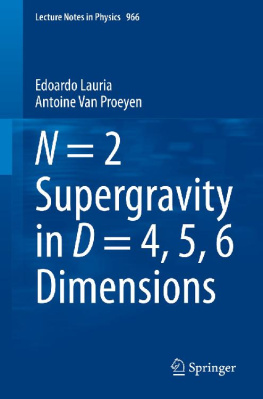
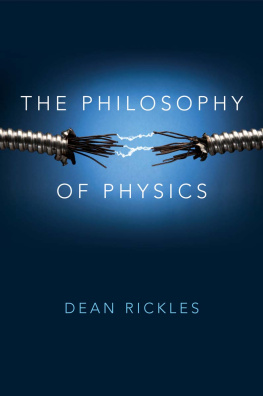
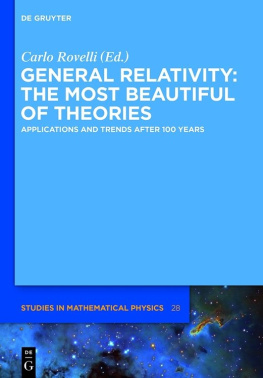

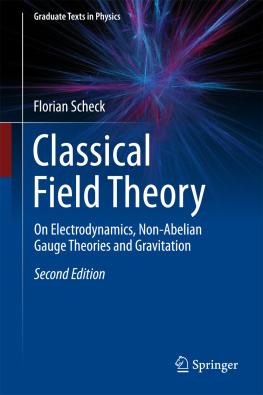

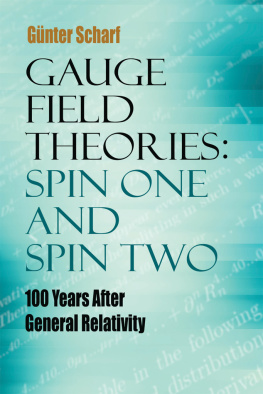
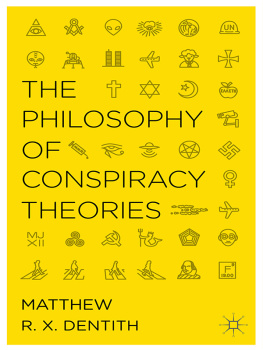
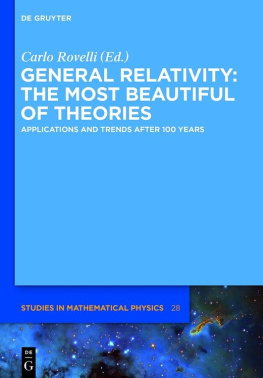
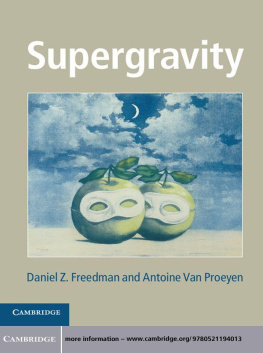
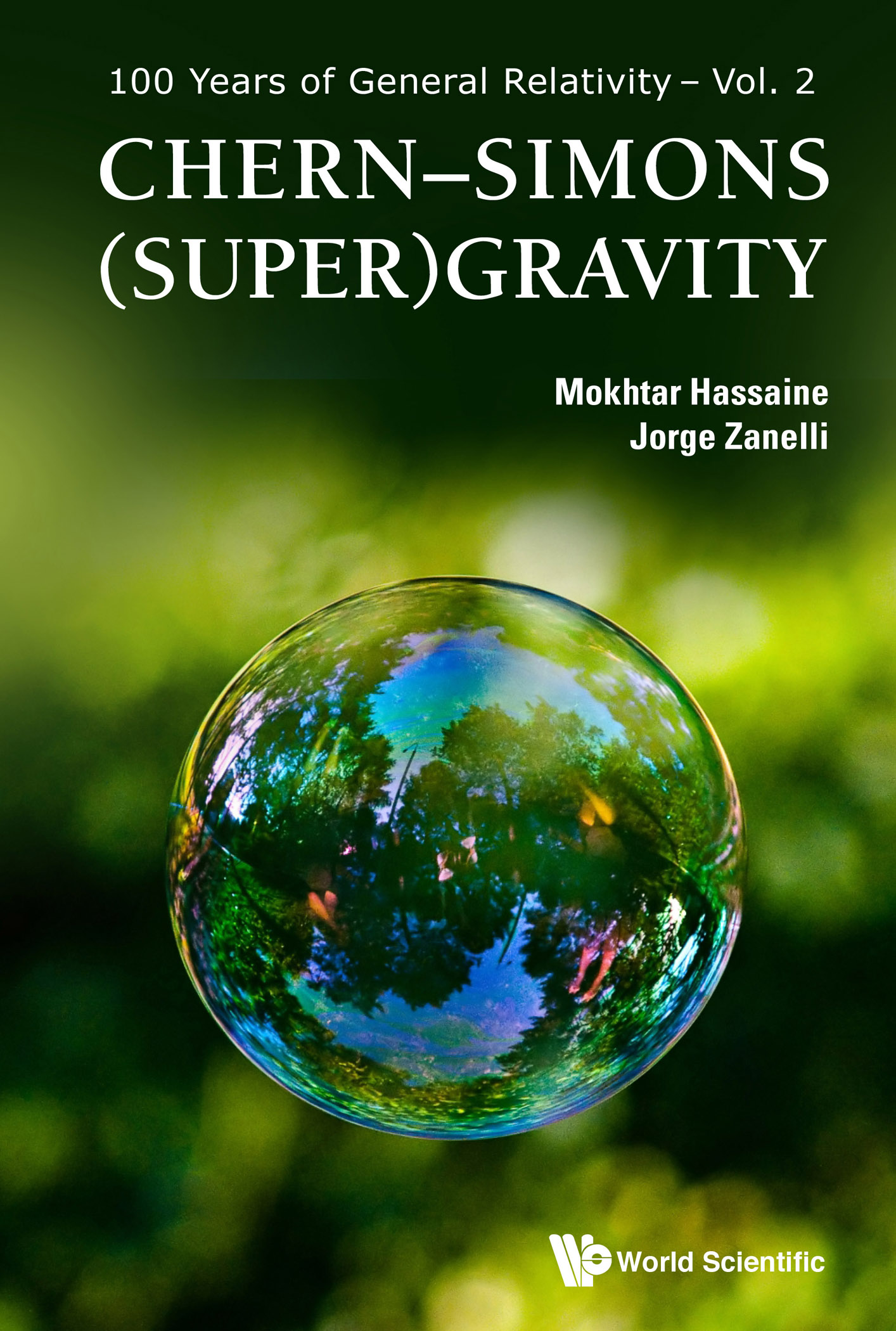

 skovic, P. Mora, S. Mukhi, C. Nez, R. Olea, P. Pais, S. Paycha, V. Rivelles, E. Rodrguez, P. Salgado-Arias, P. Salgado-Rebolledo, A. Sen, G. Silva, S. Theisen, F. Toppan, P. Townsend, R. Troncoso, M. Valenzuela and B. Zwiebach.
skovic, P. Mora, S. Mukhi, C. Nez, R. Olea, P. Pais, S. Paycha, V. Rivelles, E. Rodrguez, P. Salgado-Arias, P. Salgado-Rebolledo, A. Sen, G. Silva, S. Theisen, F. Toppan, P. Townsend, R. Troncoso, M. Valenzuela and B. Zwiebach.